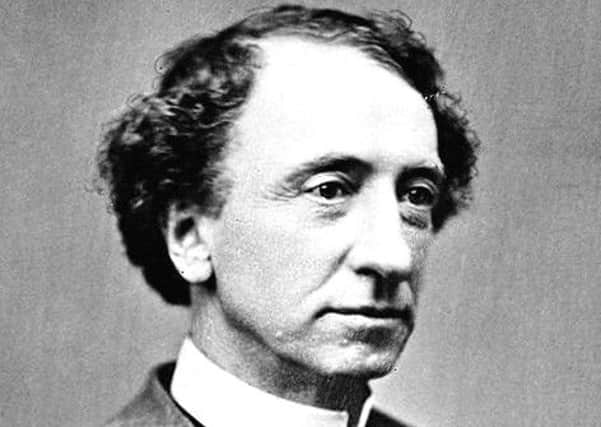Why does Canada want to remove symbols of its Scottish settler past?


Macdonald, born in Glasgow’s Merchant City in 1815 and Canadian prime minister for two spells in the late 1800s, believed it was their best chance of success and that native traditions would weaken in just a few generations.
Boarding schools were set up by the Department of Indian Affairs and a range of churches, including Anglican and Catholic, involved in their running.
Advertisement
Hide AdAdvertisement
Hide AdAttendance was mandatory for children living in communities that didn’t have day schools, of which there were many, and agents were employed by the government to ensure all native children attended.
Around 150,000 First Nation, Inuit and Métis children were removed from their communities in total and forced to attend the schools for 10 months of the year. The last school closed in 1996.
Macdonald’s original belief in the system was to cost Canada - and its people - dearly.
In 1990, Phil Fontaine, then-leader of the Association of Manitoba Chiefs, called for the churches involved to acknowledge the physical, emotional, and sexual abuse endured by students at the schools.
Advertisement
Hide AdAdvertisement
Hide AdIn 2007, the federal government formalized a $1.9-billion compensation package for those who were forced to attend.
A Truth and Reconciliation Commission later described the system as promoting “cultural genocide” with 70 per cent of Canadians agreeing that the term should be used.
Against this backdrop, there has been growing public unease about the commemoration of Sir John who moved to Canada aged 5, led the founding of the Dominion of Canada and who has an airport, roads and many schools in his name.
Earlier, the Elementary Teachers’ Federation of Ontario called for that name to be stripped from all Ontario public schools, claiming he was the “architect of genocide against Indigenous Peoples.”
Advertisement
Hide AdAdvertisement
Hide AdA bust of Macdonald was removed from Wilfrid Laurier University in Waterloo, Ontario, after plans to commemorate all of Canada’s 22 Prime Ministers were pulled amid protests.
A petition claimed it was politically insensitive to memoralise Canadian prime ministers on land that traditionally belongs to the...Anishnaube and Haudenausaunee peoples.”
Commentator Conrad Black, writing in the National Post, wrote at the time: “Somewhere resistance must arise against the politically correct executioners in this country before they are able to reduce us all to a Dante’s Inferno of frenzied cultural and moral oppression.”
Protests have also surrounded the commemoration of Edward Cornwallis, a British military officer who fought at Culloden and became governor of Nova Scotia in 1749.
Advertisement
Hide AdAdvertisement
Hide AdThe same year, he issued the so-called scalping proclamation, offering a cash bounty to anyone who killed a Mi’kmaq person. Calls for his statue to be removed from Halifax continue.
Tom Devine, author and emeritus professor of Scottish history at Edinburgh University, described Macdonald as a “man of his time.”
He said: “There was nothing specifically Scottish in his attitudes: most European whites had similar prejudiced views on native peoples whom they considered to be primitives and racially inferior.
“Indeed, the indigenous inhabitants of Canada fared better than their counterparts in the USA from white rapacity and greed.”
Advertisement
Hide AdAdvertisement
Hide AdHe added: “The Scottish impact on Canada was complex. On the one hand, Scots made a hugely positive contribution to Canadian economic development, banking and finance, the infrastructure of the country and education in all its forms, from schools through to universities.
“But the fur-trading companies had a notorious reputation as exploiters of the natives,often seducing them into dependency on alcohol to ensure they continued to supply the beaver pelts in return for hard liquor.”
The legacy of Sir John A Macdonald remains as equally divided as modern eyes cast over the deeds of the past.
While his face will be replaced on the $10 note, it will still be seen on the note first circulated in April to mark the 150th anniversary of Confederation when the Dominion of Canada was first created.
